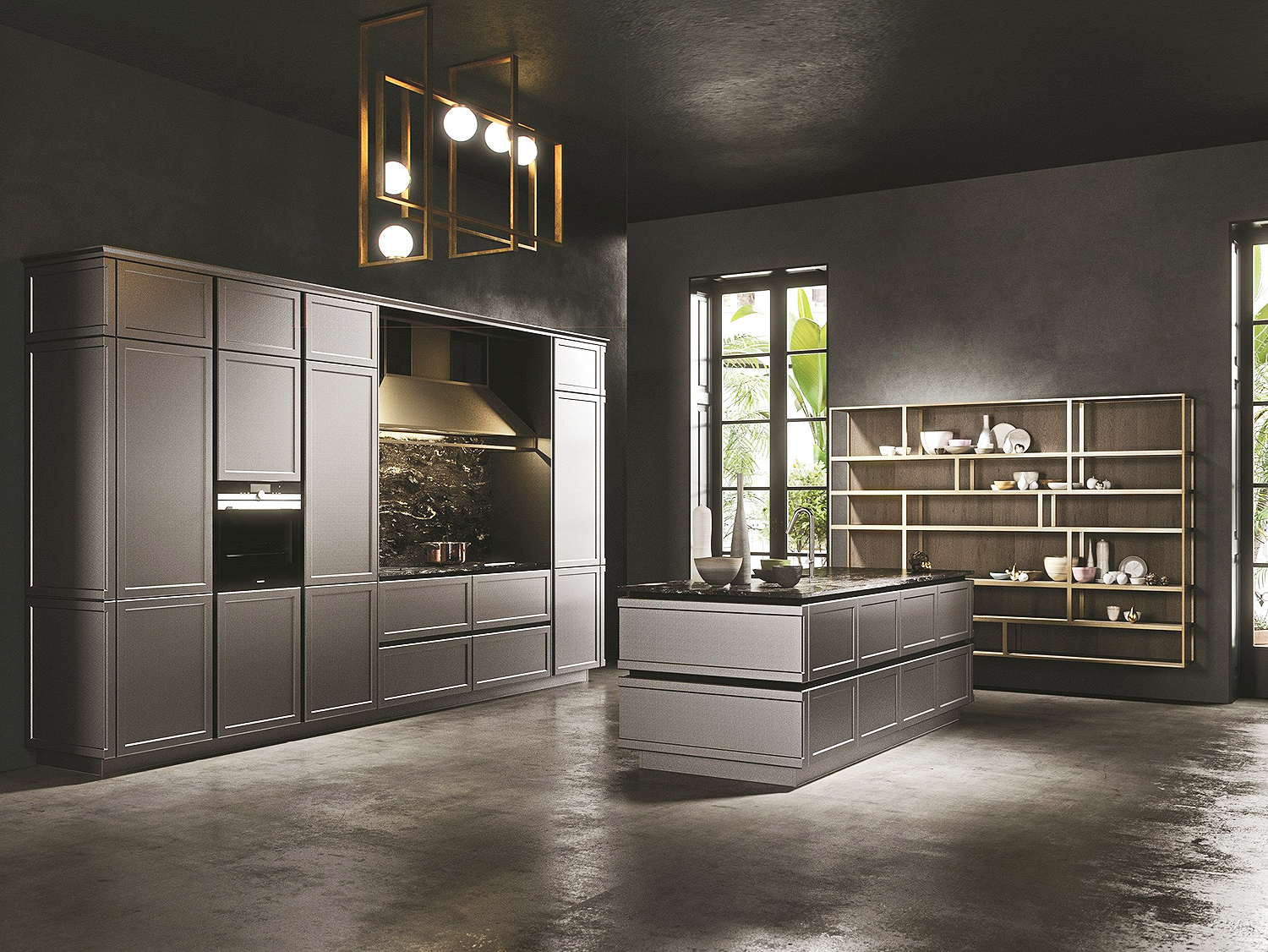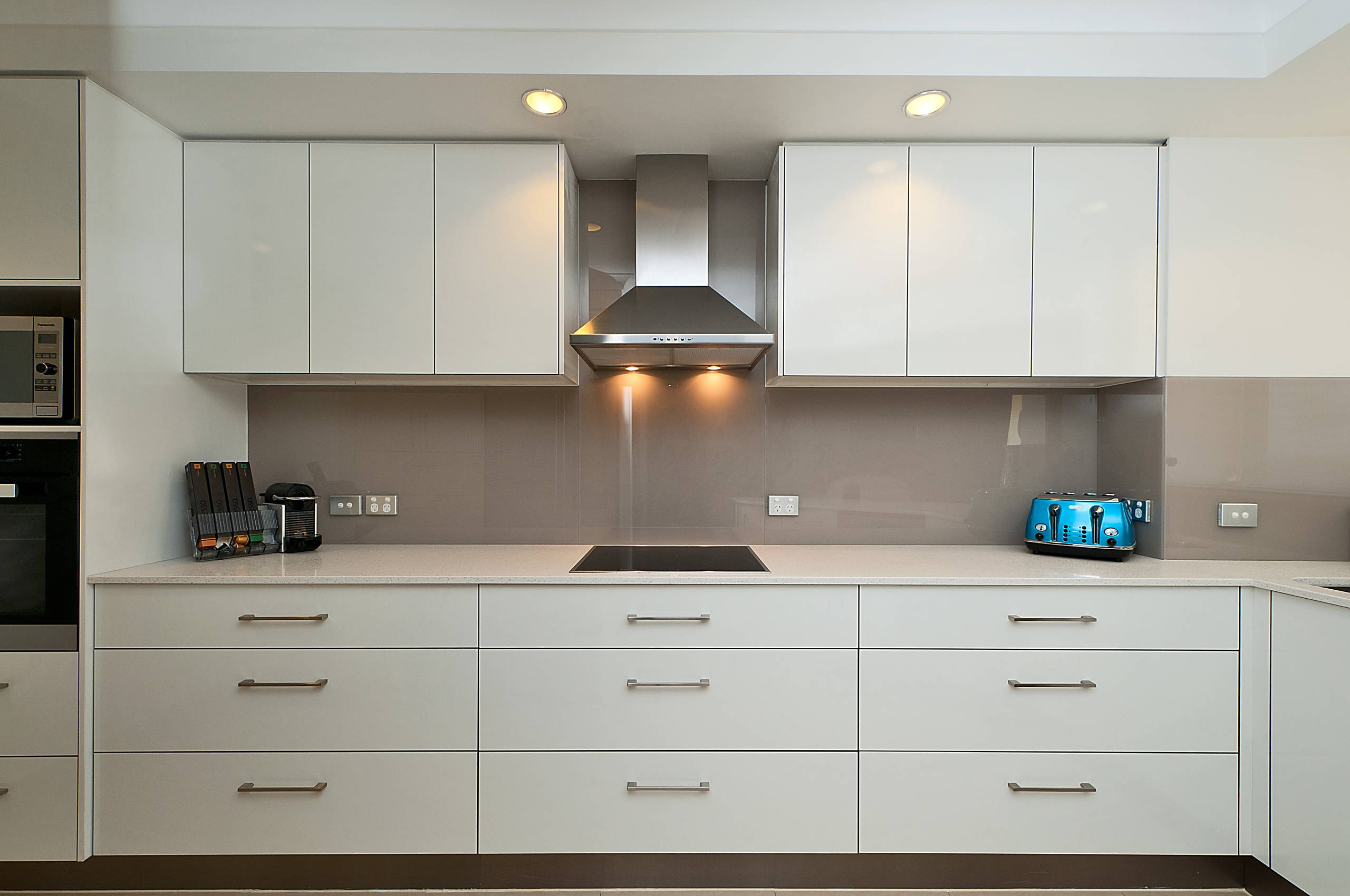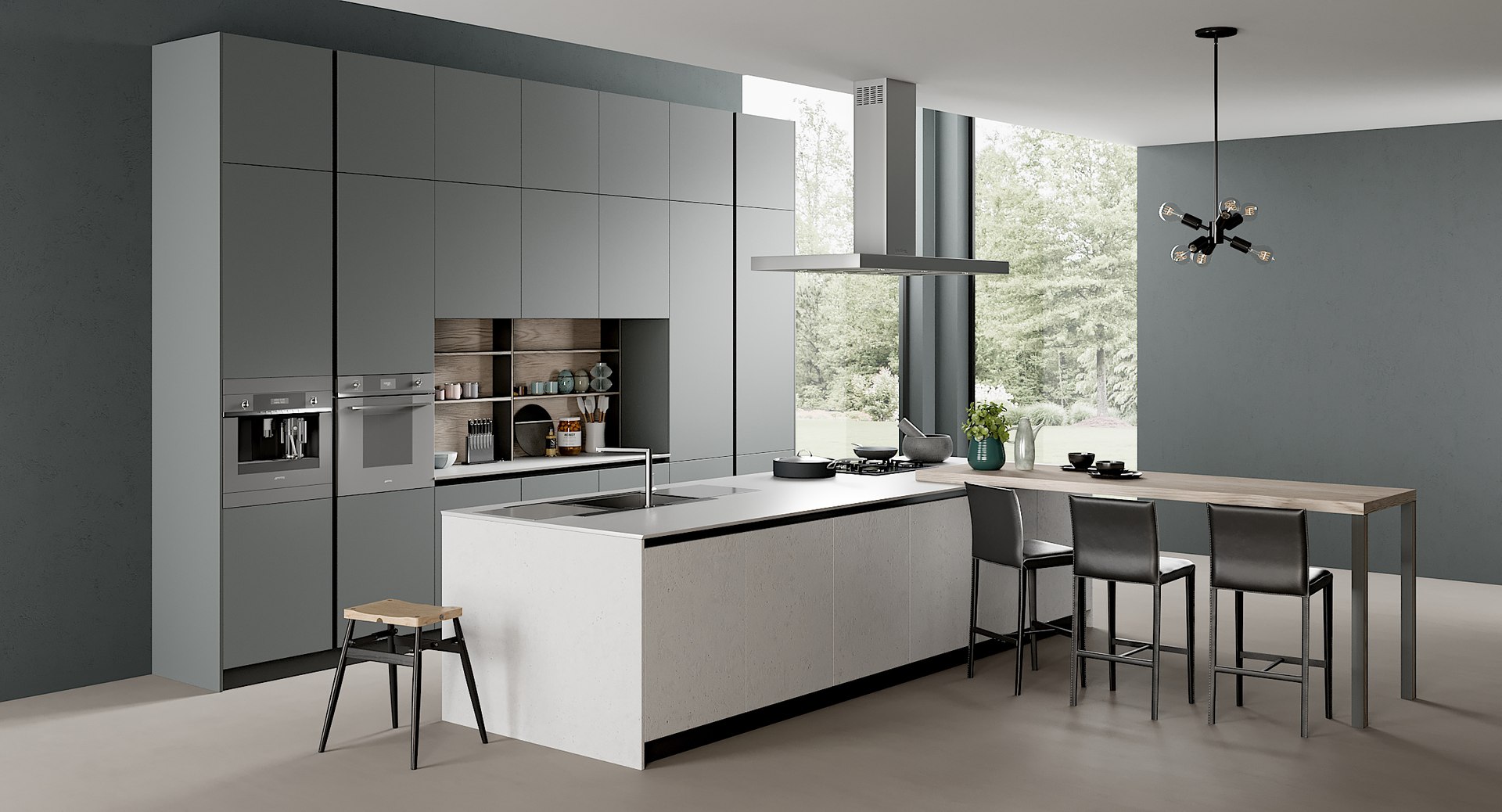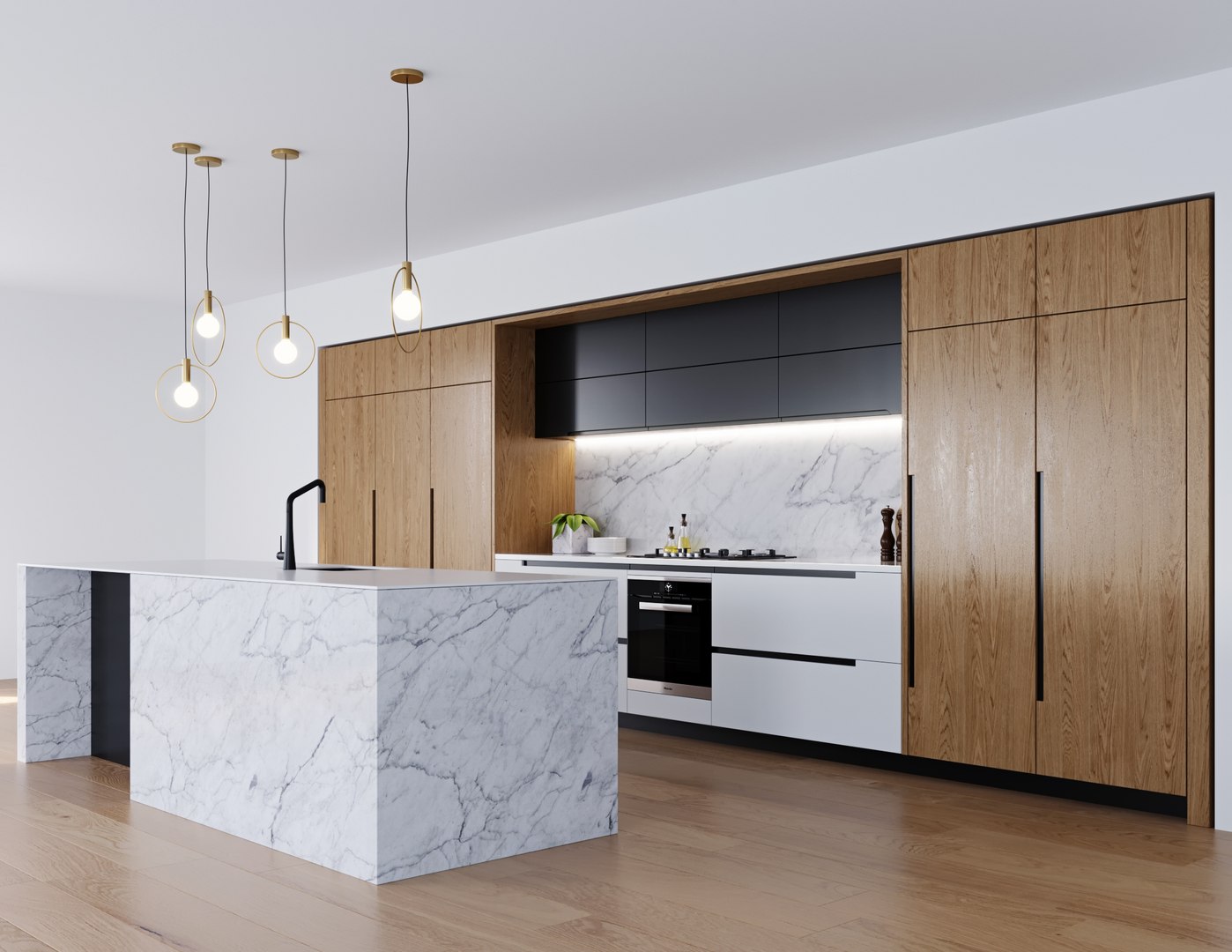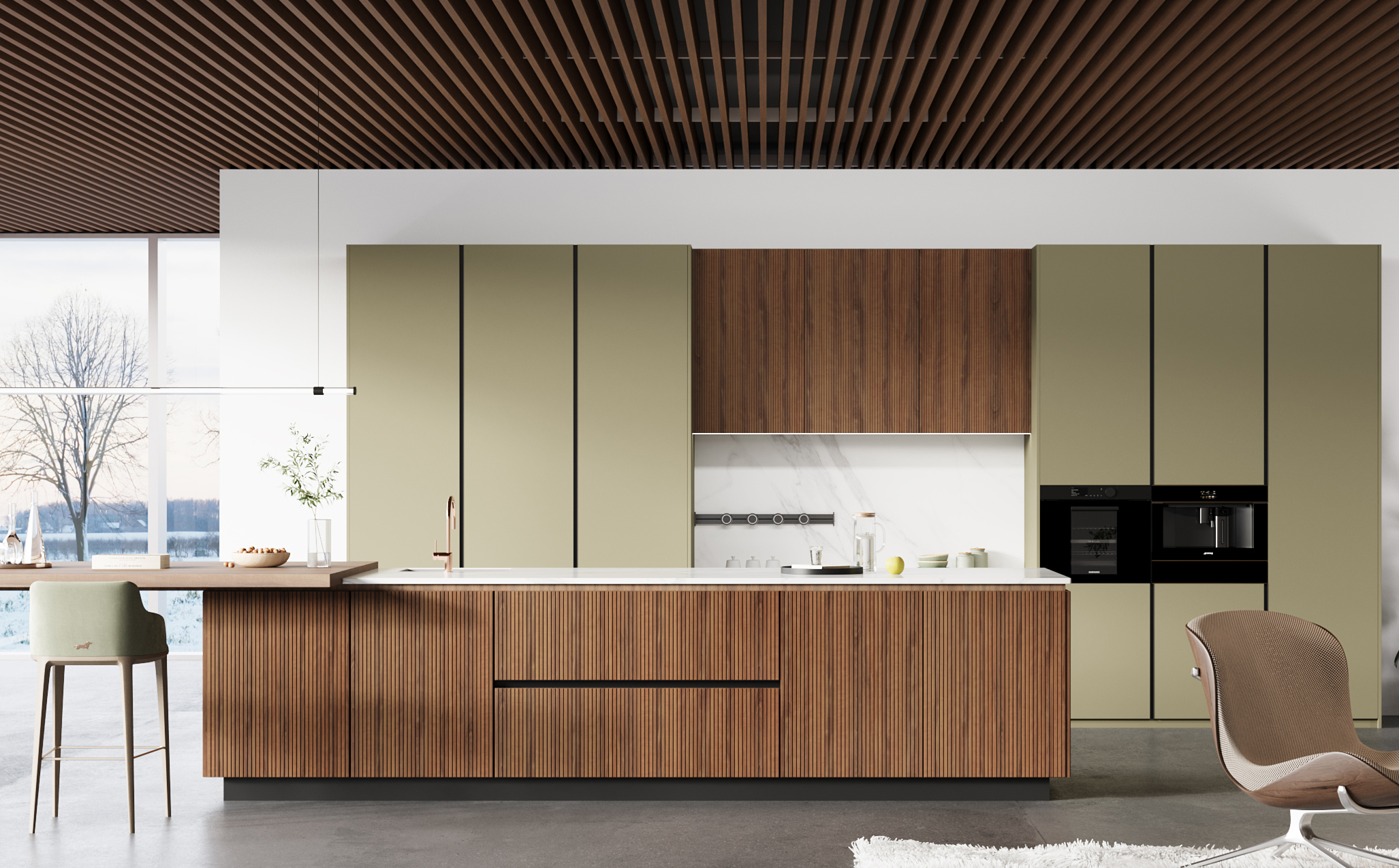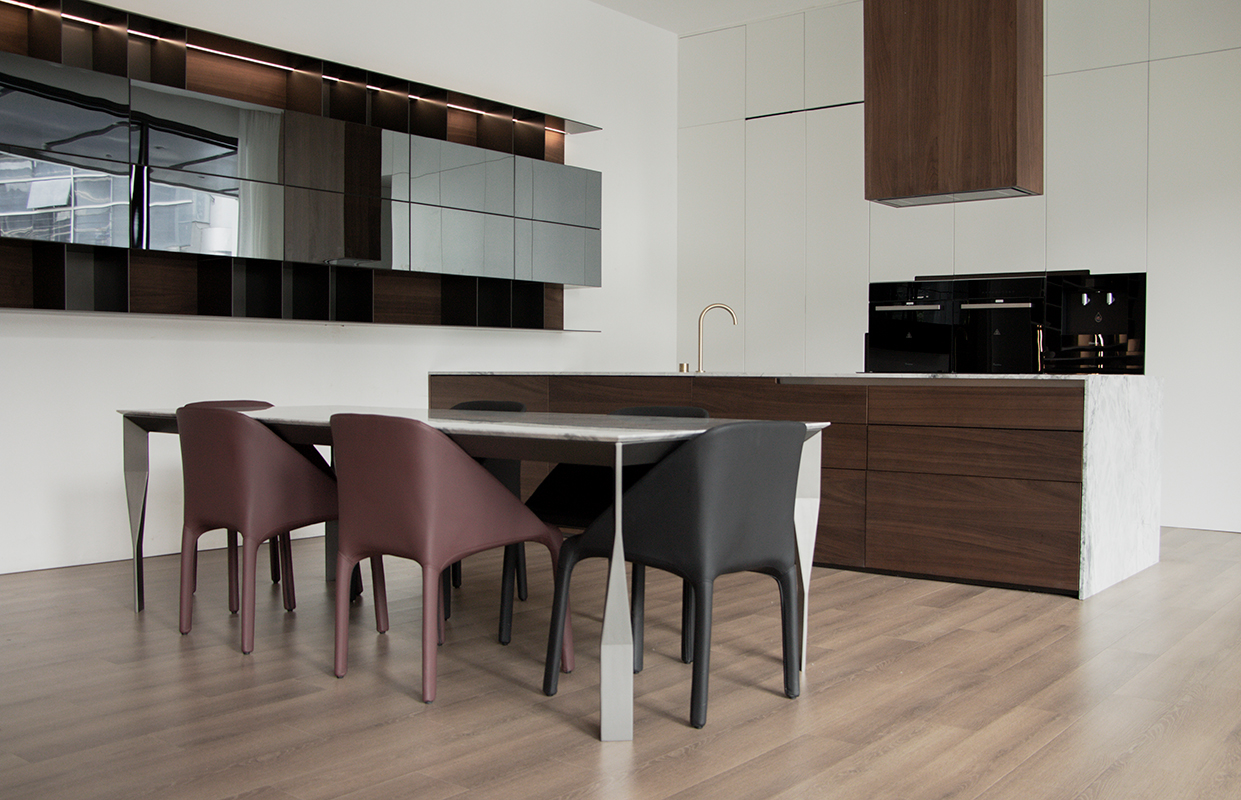Cabinets are integral to our homes, providing essential storage and contributing to the overall aesthetic. With various materials used in cabinet construction, it's important to understand how to properly clean and maintain them to ensure they remain beautiful and functional for years to come. Here’s a guide to help you care for cabinets made from different materials.
1. Wood Cabinets
Types: Solid wood, plywood, MDF (Medium Density Fiberboard)
Cleaning:
Regular Dusting: Use a soft, dry cloth or microfiber cloth to remove dust and debris. This should be done weekly to prevent buildup.
Deep Cleaning: For a deeper clean, use a mixture of mild dish soap and water. Dampen a cloth with the solution, wipe down the surfaces, and follow up with a dry cloth to prevent water damage.
Maintenance:
Polishing: Use a wood polish or wax every 6-12 months to restore luster and protect the finish.
Avoid Excess Moisture: Keep wood cabinets away from excess moisture and heat sources, as these can cause warping or cracking.
Fixing Scratches: Use a wood filler or a touch-up pen to repair minor scratches. For deeper scratches, sanding and refinishing may be necessary.
2. Laminate Cabinets
Types: High-pressure laminate (HPL), low-pressure laminate (LPL)
Cleaning:
Basic Cleaning: Laminate cabinets are easy to clean. Use a damp cloth with mild soap to wipe down surfaces. Avoid abrasive cleaners that can scratch the finish.
Stains: For tougher stains, a mix of vinegar and water can be effective. Apply with a soft cloth, rinse, and dry.
Maintenance:
Avoid High Heat: Laminate can be damaged by high heat, so use trivets or hot pads under hot pots and pans.
Prevent Scratches: Use cutting boards and coasters to protect surfaces from scratches and dents.
Sealing Edges: Periodically check the edges of laminate cabinets for signs of peeling. If you notice any damage, apply a strong adhesive or contact cement to reattach.
3. Metal Cabinets
Types: Stainless steel, aluminum
Cleaning:
Dusting: Regularly dust metal cabinets with a soft cloth to prevent grime buildup.
Deep Cleaning: Use a gentle cleaner specifically designed for metal surfaces. For stainless steel, a mixture of vinegar and water can effectively clean and shine without leaving streaks.
Maintenance:
Rust Prevention: Regularly inspect for rust, especially in humid areas. If rust is found, sand it down and apply a rust-resistant paint or sealant.
Avoid Abrasives: Do not use steel wool or harsh abrasives, as they can scratch the surface.
4. Glass Cabinets
Types: Clear glass, frosted glass
Cleaning:
Basic Cleaning: Use a glass cleaner or a vinegar-water solution. Spray the cleaner on a cloth rather than directly on the glass to avoid streaks.
Avoiding Streaks: Wipe with a microfiber cloth or paper towel in a circular motion for a streak-free finish.
Maintenance:
Regular Inspection: Check for any signs of wear or damage to the glass. If the glass is cracked, it should be replaced promptly to prevent accidents.
Handle with Care: When cleaning, avoid using excessive force or sharp objects that could scratch or damage the surface.
5. Vinyl Cabinets
Types: Rigid vinyl, flexible vinyl
Cleaning:
Dust and Dirt: A damp cloth with mild detergent can effectively clean vinyl surfaces. Avoid soaking as excess water can seep into seams.
Tough Stains: For stubborn stains, a mixture of baking soda and water can be applied as a paste. Rub gently and rinse with water.
Maintenance:
Avoid Heavy Objects: Vinyl can dent under heavy weight, so avoid placing heavy items on shelves.
UV Protection: If exposed to sunlight, consider UV protectant films or treatments to prevent fading and discoloration.
Conclusion
Maintaining cabinets in your home, regardless of the material, is essential for preserving their appearance and functionality. By understanding the unique cleaning and maintenance needs of wood, laminate, metal, glass, and vinyl cabinets, you can ensure they remain in excellent condition for many years. Regular care enhances their beauty and extends their lifespan, making your investment worthwhile. Whether you're organizing your kitchen, bathroom, or any other space, a little maintenance keeps your cabinets looking fresh and inviting.


